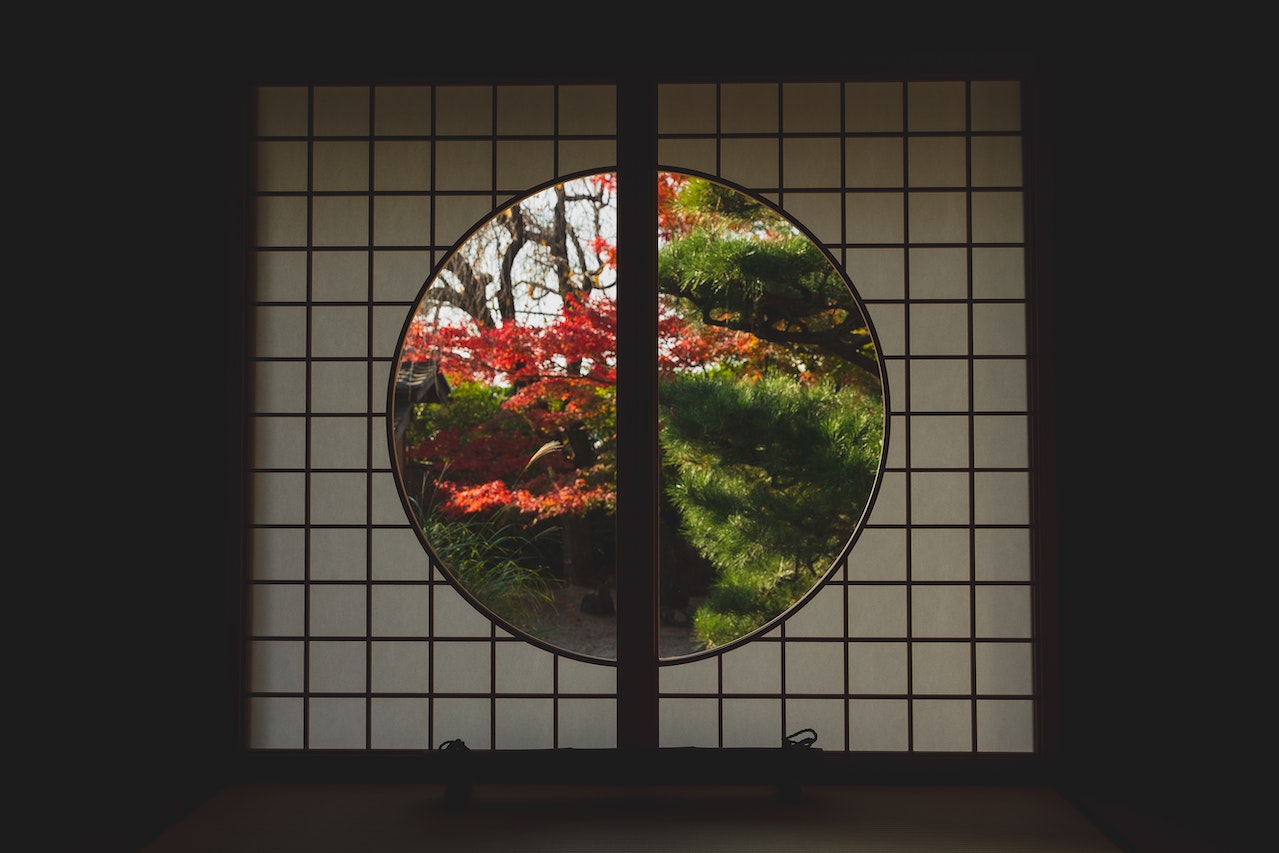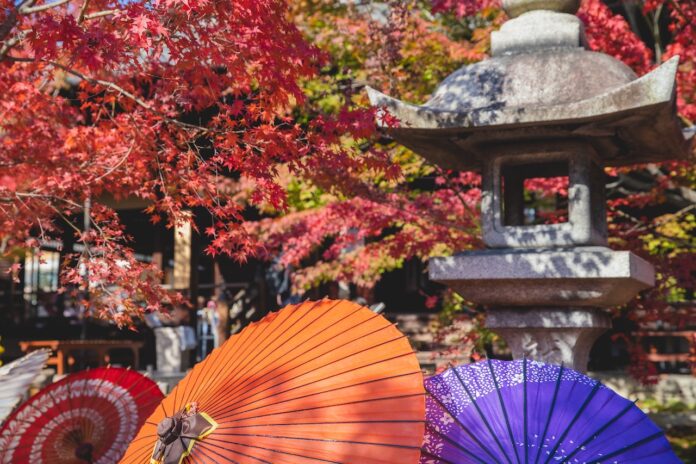Is Ring the Tree with Fiery Red Leaves a Japanese Maple
As an expert in horticulture, I often come across questions about trees and their distinct characteristics. One query that frequently arises is whether a tree adorned with fiery red leaves could be a Japanese maple. Let’s delve into this topic and shed some light on whether such a tree could indeed be a Japanese maple.
Japanese maples, known for their stunning foliage, are much sought after by gardening enthusiasts. With their delicate leaves and vibrant colors, they add grace and beauty to any landscape. While many varieties of Japanese maples display red leaves, it’s important to note that not all trees with fiery red foliage are necessarily Japanese maples.
To determine if the tree in question is indeed a Japanese maple, we need to consider several factors. First and foremost is the leaf structure. Japanese maples typically have finely serrated or lobed leaves that create an intricate pattern when viewed up close. Additionally, these trees tend to have graceful branching patterns and compact growth habits.
Choosing the Right Tree: Japanese Maple Varieties
When it comes to finding the perfect tree to add a touch of elegance and beauty to your garden, few options can compare to the stunning Japanese maple. Known for their fiery red leaves that create an enchanting ring around the branches, these trees are a sight to behold. But is ringing the tree with fiery red leaves a characteristic specific to Japanese maple varieties?
The answer is yes! The practice of ringed foliage, where fiery red leaves encircle the branches like a vibrant halo, is indeed a hallmark feature of many Japanese maple cultivars. This unique trait sets them apart from other types of maples and adds a captivating visual element to any landscape.
Japanese maples come in various varieties, each offering its own distinct charm and character. Let’s explore some popular choices when it comes to selecting the right Japanese maple for your garden:
- Acer palmatum ‘Bloodgood’: This variety is highly sought after for its deep burgundy foliage that turns bright crimson in autumn. It makes a striking focal point in any garden or can be used as an eye-catching border plant.
- Acer palmatum ‘Emperor I’: With its delicate lace-like leaves and vibrant red coloration throughout the year, this variety brings grace and sophistication to any outdoor space.
- Acer palmatum ‘Sango Kaku’: Also known as Coral Bark maple, this variety stands out with its coral-colored bark during winter months, providing visual interest even when devoid of foliage.
- Acer palmatum ‘Dissectum Viridis’: If you’re looking for cascading beauty, this weeping variety boasts finely dissected green leaves that create an ethereal effect when gently swaying in the breeze.
- Acer japonicum ‘Aconitifolium’: This unique variety showcases intricately lobed foliage resembling fern fronds that turn magnificent shades of orange and crimson in autumn.
Remember, these are just a few examples of the wide range of Japanese maple varieties available. Each one offers its own allure and can be selected based on personal preference, desired size, and specific growing conditions.

Understanding the Fiery Red Leaves of Japanese Maples
Japanese maples are renowned for their stunning foliage, and one of the most captivating aspects is the fiery red color that graces their leaves. Many people wonder if encircling a tree with such vibrant foliage is a characteristic specific to Japanese maples. Let’s delve into this topic and explore why these trees are often associated with fiery red leaves.
Firstly, it’s important to note that not all Japanese maples have fiery red leaves. While many varieties do showcase this striking hue, there are also other colors available, such as golden yellow, orange, and even purple. The intensity of the red can also vary depending on environmental factors like sunlight exposure and soil conditions.
The reason behind the association between Japanese maples and fiery red leaves lies in their genetic makeup. These trees belong to the Acer palmatum species, which naturally produces pigments called anthocyanins in its leaves. Anthocyanins are responsible for creating vibrant red hues in various plants, including Japanese maple trees.
When it comes to enhancing the intensity of those fiery red tones in Japanese maple leaves, some gardeners employ a technique known as “ringing.” This involves gently cutting or scoring a ring around the base of a branch or trunk during late summer or early fall. By interrupting the flow of sap through that particular area, an increase in sugar concentration occurs within the affected section of the tree. This boost in sugar content contributes to more pronounced anthocyanin production and intensifies the coloration of subsequent leaf growth.
However, it’s worth noting that while ringing can enhance red leaf coloration temporarily, it should be done with caution and moderation. Excessive scoring can harm or stress the tree if not performed correctly by experienced individuals.


